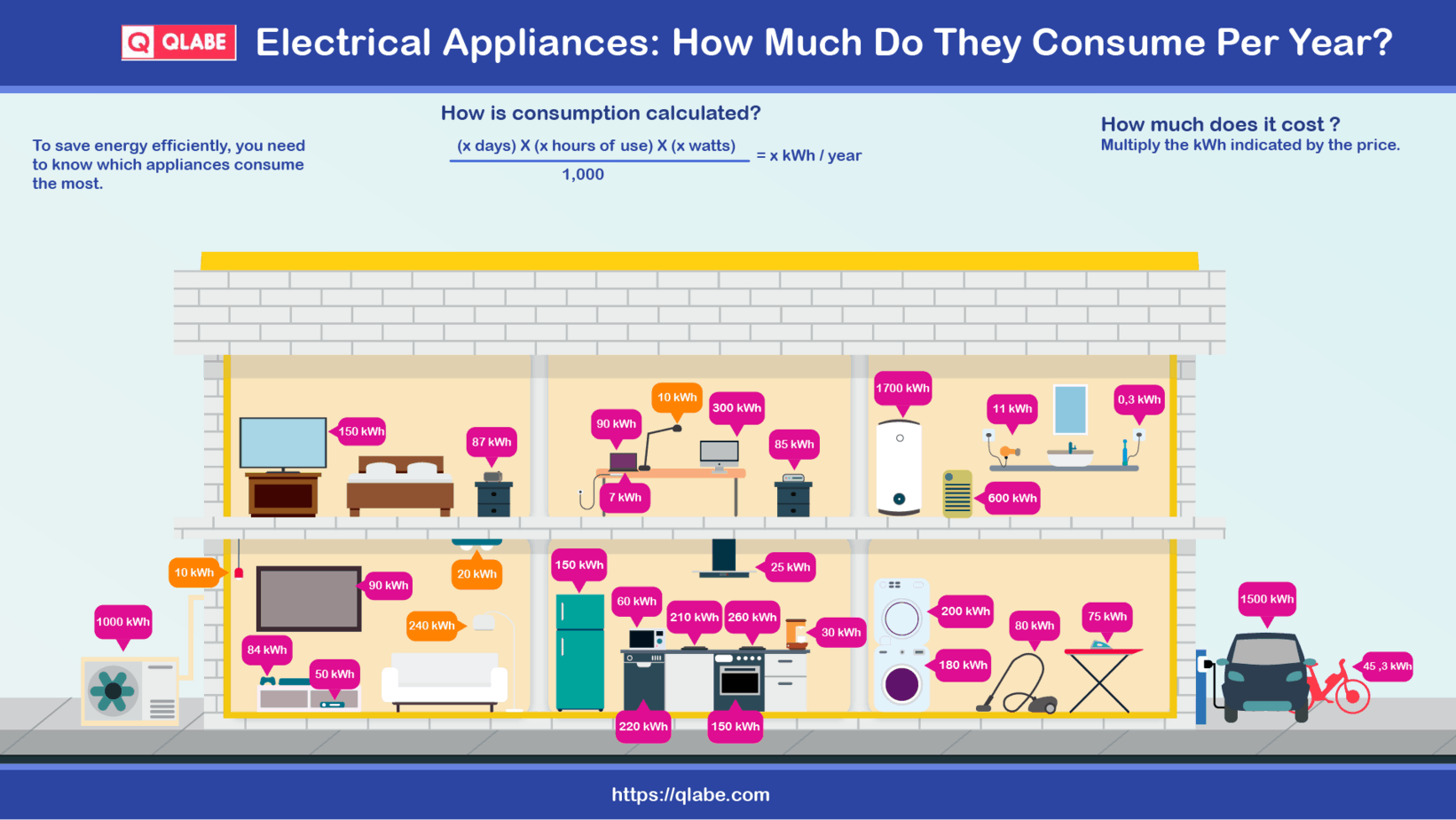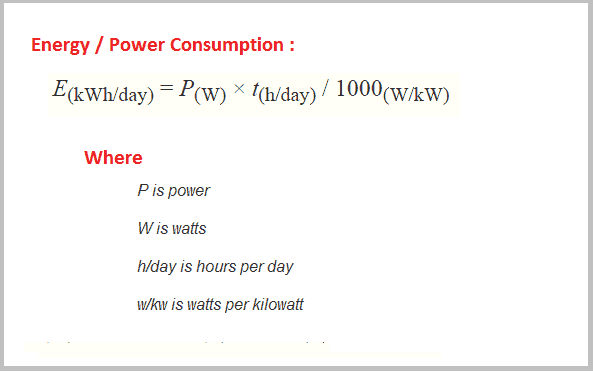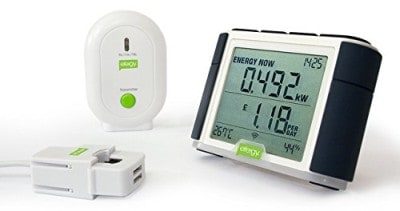Power Consumption Chart Of Electrical Home Appliances
Electricity is costly and, therefore, having the right calculations of the amount of energy that our electrical home appliance uses is very necessary. We must know how to calculate the power consumption of our electrical appliances.

By knowing how to calculate the electrical consumption of the home appliances we come to know how much energy our appliances use per year. This also helps us to determine the cost to operate such appliances this way we can minimize and control the cost of usage of such products and by doing this we can save a lot of money too.
Determining the amount of energy consumed for your appliances and home devices will help you appreciate the amount of money you spend. Using the following details to measure the amount of power a system consumes and the amount of electricity it charges so that you determine if you invest in a more energy-efficient device. The appliance and energy use calculator helps us to estimate our annual energy use and the cost needed to operate several products.
The wattage values that are provided by this are just samples and not the actual wattage. The actual wattage may vary depending on the age of the appliance and its features.
There are many ways in which you can calculate and estimate how much electricity our home appliances use.
- Reviewing the label of the energy guide. This will help you understand and estimate the average consumption of energy for the operation of a specific model of appliances. Each home appliance does not have an energy guide.
- You can also use an electricity usage monitor that will help you provide the readings of the electricity usage of your appliance.
- You can use several formulas to calculate the annual energy consumption and costs.
- You can also install a whole-house energy monitoring system.
How can I calculate the power consumption of an electrical appliance?
Three main factors are needed to be considered while you are calculating the usage of an electrical appliance in kWh.

- The first thing to keep in mind is the capacity of your electrical appliance. This is expressed in watts.
- The total number of hours that the appliance works or is in use per day.
- The total number of days in one year that the appliance is in use or it is working.
Formulas
Daily energy consumption formula– (wattage x hours used per day) ÷ 1000 = Daily kWh consumption
Annual energy consumption formula– Daily kWh consumption × number of days used per year = yearly energy consumption of an appliance.
The formula for the annual cost to run the appliance– Annual energy consumption × utility rate per kWh = the total annual cost to run the appliance.
The calculation is-
(Number of hours the appliance is used per day) x (number of days the appliance is used in a year) x (capacity of an appliance in watts/ 1000) = number of kWh
It is very important to divide the capacity by 1000 because it will help you to convert the results from several watts to several kilowatts.
- The calculation for the total energy a vacuum cleaner consumed in a year.
Total hours usage per day – 2 hours
Total days used per year- 52 days
The capacity of the vacuum cleaner- 2000 watts
Solution-
The annual energy consumption of vacuum cleaner is – 2x 52x (2000 watts/ 1000) = 208 kWh
- The annual cost to operate a paper shredder
Total hours usage per day- 0.25 hours
The wattage of the paper shredder- 260 W
Days used per year- 52 days
Solution –
Daily energy consumption- 360W× .25 ÷ 1000 = 0.09 kWh
Annual energy consumption- 0.09 kWh × 52 = 4.68 kWh
The total annual cost to operate the shredder is (the utility rate is 11 cents per kWh)- 4.68 kWh × $0.11/kWh = $0.51/year.
The Chart for the most common home Appliance Energy Use
|
Details |
Estimated Energy Usage |
Estimated Energy Costs |
|
Air conditioner (Window/wall) |
0.73 kWh per hour |
$0.09 per hour |
|
Air conditioner (central 3 ton) |
3.0 kWh per hour |
$0.23 per hour |
|
Oven |
2.3 kWh per hour |
$0.30 per hour |
|
Microwave |
0.12 kWh per 5 min |
$0.02 per 5 min |
|
Coffee maker |
0.12 kWh per brew |
$0.02 per brew |
|
Dishwasher (energy saver cycle) |
0.5 kWh per load |
$0.07 per load |
|
Refrigerators (frost-free) |
150 kWh per month |
$19.50 per month |
|
ENERGY STAR Refrigerator, 19 cu. ft |
46 kWh per month |
$5.98 per month |
|
LED Televisions 40-50 inches |
0.071 kWh per hour |
Less than $0.01 per hour |
|
OLED/4k Television 30-40 inches |
0.045 kWh per hour |
Less than $0.01 per hour |
|
Desktop computers |
0.06 kWh per hour |
$0.01- $0.03 per hour |
Electricity Usage Monitors
Electricity usage monitors are devices that are very simple to use and you can use them as an alternative to measuring the electricity usage of a device. It can be used for any device that runs on 120 volts.

You can easily find electricity usage monitors at most of the hardware stores for around $25- $50. They can only be used for devices that work under 120 volts. You cannot use it for large appliances.
All you need to do is plug the monitor into the electrical outlet to find out how many watts of electricity a device is using. After plugging the monitor into the electrical outlet that the device is using you have to plug the device into the monitor. It will directly display the number of watts the device uses. If you are looking for kilowatts (kWh) of electricity that the device is using per hour or a day or anytime longer all you need to do is leave everything setup as it is and read the display later.
Monitors are extremely helpful in finding the kWh used by machines that don’t work continuously, such as refrigerators, over some time. Some monitors allow you to input the number of your kilowatt-hour service charges and determine how much the system costs as it is attached to the display.
Whole-House Energy Monitoring Systems
If you want detailed information for the energy use of your home and also the ability to measure the energy consumption of larger appliances that are more than 240 watts. Then you need to install a Whole-House Energy Monitoring System.

The features and cost of this system vary and it certainly depends upon the number of circuits that you are looking to monitor. The level of detailed data you want and the cost also depends upon the features that are provided. You can connect these types of monitors on a wireless network and the data can be displayed on your computer or smartphone. You can also install a system that has a dedicated display.
Along with providing the information on the power consumption of the whole house that includes all the large appliances. These monitors also help you to consider when and where to use the most electricity and build plans for reducing energy consumption and prices, along with statistics on your devices’ energy consumption.
Conclusion
Having the total estimation of the energy used by our home appliance is very necessary as this will help you to monitor the usage and know where the cost is being incurred.
This will help you in replacing faulty appliances that use a lot of energy and also help you in reducing the cost and save money as well as energy. You can use certain formulas as well as certain devices to estimate the total power consumption per hour, day, and year.
Today we saw some of the formulas and the things to be considered while calculating the power consumption of home appliances. We also saw some devices that you can use. A power consumption chart with the most common appliances is mentioned. I hope you find this article informative and useful and now you are fully aware of the method of calculating the energy consumption of your home appliances.
Reference
https://www.siliconvalleypower.com/residents/save-energy/appliance-energy-use-chart
